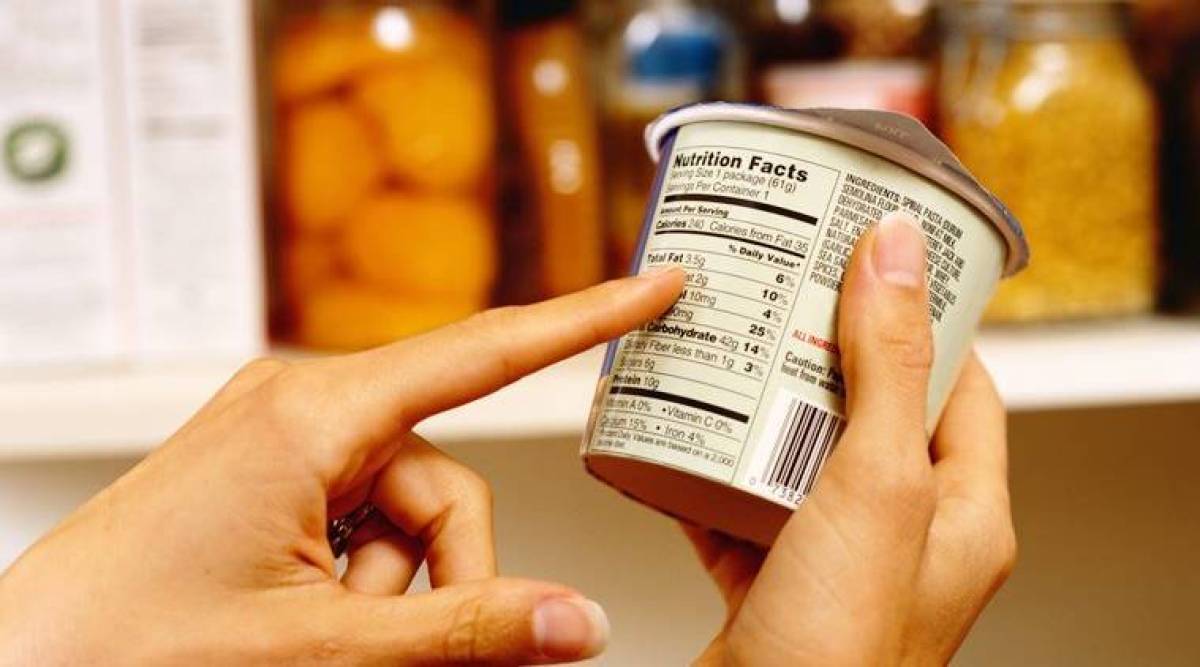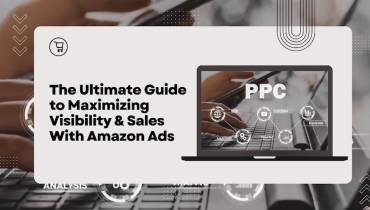The Truth Behind 5 Common Food Label Claims

If you consume anything other than pure whole foods, you will be greeted with a label from the manufacturer.
That label will include information about the product, but it will also feature plenty of marketing. The problem is that the contents of the product and the way it is marketed don’t always correlate.
In order to be healthy and understand what we are putting in our bodies, it is important to crack these common marketing codes on food labels.
To help you get started, here’s the truth behind five common food label claims:
1. Single Serving Sizes Are the Average Size
If you see an average serving size on anything from a carton of A2 milk to a pot of hummus, you might assume that the serving size is the amount the average person would consume.
Instead, the recommended serving size is usually chosen to reflect the information that the manufacturer wants to display.
For example, it proudly declares, “50 calories per serving size,” but the fine print shows that this serving size is only a minuscule 8th of the product – much less than you’re likely to consume in one sitting.
2. Light Products Are Also Sugar-Free
The American Heart Association (AHA) suggests that six teaspoons of sugar a day should be the upper limit for adults.
As a health-conscious consumer, you might buy light products (sometimes called fat-free or low-fat) thinking that they help you steer clear of fat and sugar.
Sadly, this isn’t the case. Light products usually cut the fat but add in lots of sugar to compensate for the lost flavor and satisfaction.
3. Multigrain Is Healthy
Whole grains like brown rice, wholemeal flour, and oats are known to be good for your heart. The problem is that consumers often think wholegrain is the same as multigrain, when in fact, they are very different.
Multigrain simply means more than one grain, so it could mean that the multigrain product contains a mix of refined grains, which aren’t very healthy at all and may even contribute to health problems like diabetes.
4. Natural Is Healthy
The laws around using the term “natural” in labeling are very loose and vague.
For example, the FDA laws around the term do not address the production methods (i.e., the use of pesticides), so even highly processed foods like high fructose corn syrup could be included within a product labeled “natural.”
For the FDA, “natural” simply means that the product does not have any artificial ingredients, and it doesn’t have any added ingredients you would not expect to be in that food.
In most regards, the term should be considered a marketing word only and not a true description of the product.
5. Organic Means Healthy
To be labeled organic, a food must be 95% made of organic ingredients (check with your country’s food labeling standards for the latest details). However, “organic” does not necessarily mean healthy – it just means organic.
We are led to believe that organic is healthier, and while it is more pure and less chemical-laden, it can still be highly processed and/or calorific.
For example, organic sugar is still sugar, which can rot your teeth and heighten your risk of type two diabetes, just like non-organic sugar.
The takeaway is to always check ingredients and nutritional information when you’re shopping. The brands only want you to put the item in your trolley, but it is up to you to proactively check whether or not it is something you want to put in your mouth.




















